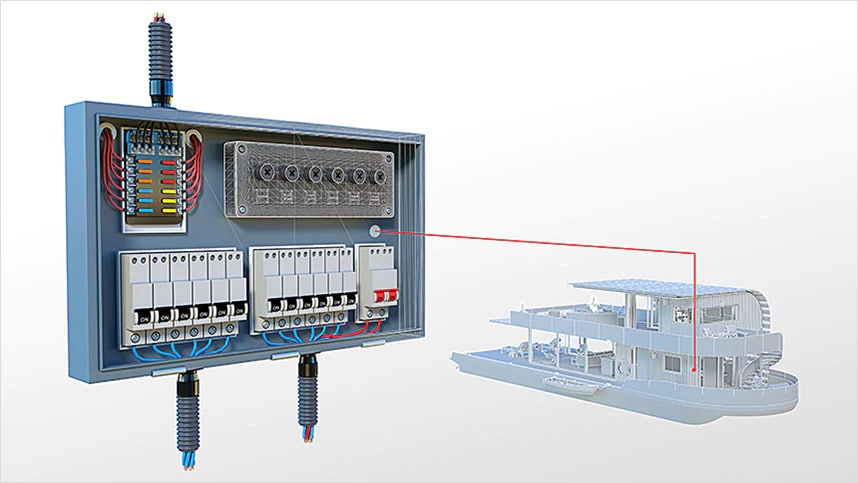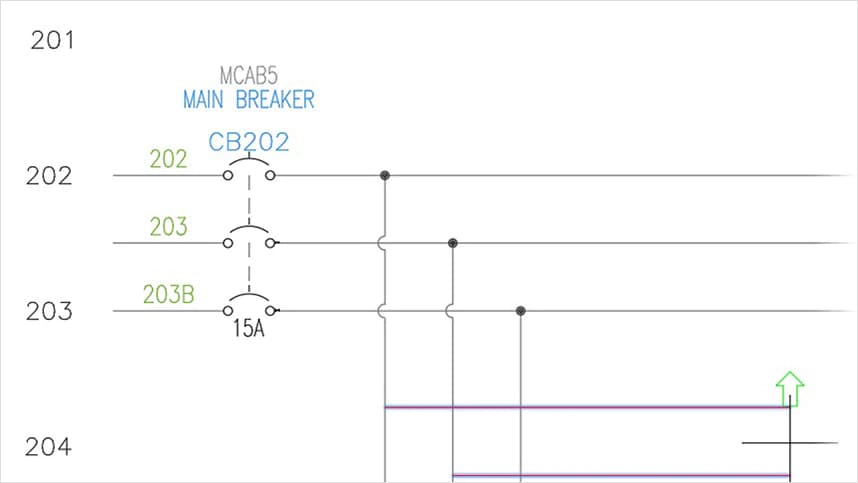Ingenious Electrical Design Providers for Modern Framework
As city settings grow increasingly intricate, incorporating modern technologies such as clever grids and renewable energy sources becomes vital. These advancements not just assure to enhance power usage but also foster durability versus future demands.
Significance of Ingenious Electric Design
Ingenious electric design plays an essential duty in modern facilities, affecting not only effectiveness however additionally sustainability. As cities evolve and the need for power increases, the need for advanced electric systems becomes critical. These systems should not only satisfy present needs however also anticipate future growth and technological developments.
A well-executed electric design can dramatically reduce power consumption, thereby reducing operational prices and lessening environmental impact. By including renewable resource resources, such as photovoltaic panels and wind turbines, ingenious layouts can improve power independence and durability. Clever grid innovations allow for real-time monitoring and management of energy distribution, optimizing efficiency and lowering waste.
Safety and security is another critical facet of electric design. Executing strenuous criteria and advanced modern technologies can minimize threats connected with electrical failures, making certain a safe and secure atmosphere for homeowners and organizations alike. Furthermore, cutting-edge styles assist in versatility, permitting infrastructures to incorporate emerging technologies effortlessly.
Key Fads in Electrical Design
As the landscape of electrical design remains to evolve, a number of crucial patterns are forming the future of the industry. One considerable trend is the assimilation of smart modern technology into electrical systems. The proliferation of the Web of Points (IoT) has allowed real-time monitoring and control of electric devices, boosting efficiency and helping with predictive maintenance.
An additional pattern is the growing focus on modular design. This strategy enables scalable and adaptable services, enabling infrastructure to adjust to changing needs without extensive restorations. Furthermore, the use of sophisticated simulation tools and Building Info Modeling (BIM) is coming to be increasingly prevalent, enhancing the design procedure and improving cooperation among stakeholders.
In addition, improvements in products scientific research are leading to the growth of lighter, a lot more long lasting, and energy-efficient parts. This advancement is especially important for high-performance structures and facilities tasks.
Finally, there is a significant change towards data-driven decision-making - industrial electrical design. Leveraging information analytics helps designers maximize systems for efficiency and cost-effectiveness. Together, these fads signify a transformative age in electric design, enhancing functionality, sustainability, and durability in contemporary framework
Lasting Power Solutions
Lasting power options are significantly becoming an essential emphasis in electrical design, mirroring a more comprehensive dedication to environmental obligation and resource performance. These options aim to decrease environmental effect while maximizing power usage in various infrastructures, from residential structures to huge industrial centers.
Among the foremost strategies entails the combination of renewable power resources, such as solar panels and wind turbines, into electric systems. This not only lowers dependency on nonrenewable fuel sources however additionally enhances energy strength. Additionally, cutting-edge energy storage systems, such as innovative batteries, allow effective management and circulation of energy, ensuring that excess energy produced during peak production can be utilized throughout high demand durations.
Furthermore, energy-efficient design methods are being adopted to enhance overall system performance. This consists of using energy-efficient lights, a/c systems, and wise structure modern technologies that adapt and monitor power usage based upon occupancy and environmental problems.
Smart Grid Technologies
The implementation of sustainable power services naturally results in the expedition of clever grid technologies, which play a crucial role in modernizing electrical systems. Smart grids utilize progressed communication technologies and data analytics to improve the dependability, performance, and sustainability of power circulation. By integrating electronic modern technology with traditional grid framework, these systems promote real-time tracking, automated control, and useful source boosted decision-making abilities.
One of the crucial functions of wise grids is their ability to suit sustainable energy sources, such as solar and wind power. This versatility not only lowers dependence on nonrenewable fuel sources yet also allows for a much more decentralized power production model. Furthermore, smart grids enable demand action programs, where consumers can change their power usage based upon real-time rates, thus advertising power conservation and minimizing peak lots demands.
In addition, wise grid modern technologies enhance grid resilience by allowing quicker recognition and resolution of outages, inevitably lessening downtime. With predictive upkeep and analytics, energies can enhance operations and improve service shipment. As cities and communities continue to progress, smart grid technologies are vital for developing a lasting and reliable electrical facilities that fulfills the needs of modern-day culture.

Future-Proofing Facilities
To make sure lasting feasibility and adaptability, future-proofing framework look these up is crucial in the swiftly advancing landscape of electric design solutions. As modern technology advancements and energy demands shift, it is crucial that electrical systems are made with adaptability in mind. This entails integrating scalable services that can accommodate future upgrades without requiring extensive overhauls.

In addition, sustainability needs to be a cornerstone of future-proofed layouts. Utilizing eco-friendly power sources, such as solar and wind, and enhancing energy efficiency minimize reliance on nonrenewable fuel sources, straightening with international initiatives to battle environment change.
Final Thought
To conclude, innovative electric design services play a pivotal function in shaping modern framework. By prioritizing versatility, performance, and sustainability, these solutions attend to the developing needs of energy systems. The combination of clever grid modern technologies and sustainable energy solutions enhances durability and lowers operational expenses. Future-proofing facilities with advanced simulation tools and modular techniques guarantees that electric systems stay responsive to changing requirements, eventually adding to an extra energy-independent and sustainable future.
A well-executed electric design can substantially lower power usage, therefore decreasing operational costs and lessening ecological impact. By integrating eco-friendly power resources, such as solar panels and wind generators, innovative designs can enhance power independence and durability. In addition, ingenious power storage systems, such as advanced batteries, allow reliable administration and distribution of energy, making sure that surplus power generated during top manufacturing can be utilized during high need periods.
Smart grids make it possible for demand feedback programs, where consumers can readjust their power use based on real-time pricing, thus promoting power conservation and reducing peak load demands. (industrial electrical design)
As innovation advancements and energy demands shift, check my site it is vital that electrical systems are made with adaptability in mind.